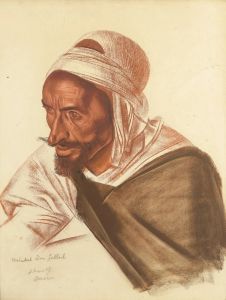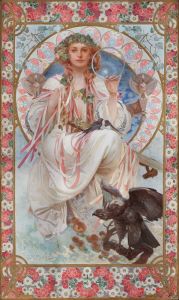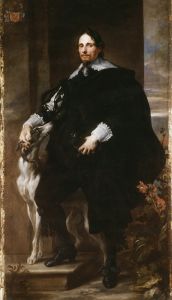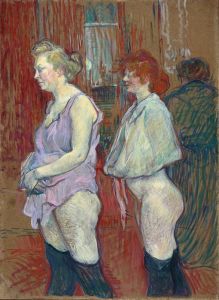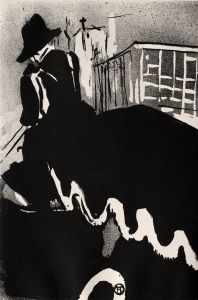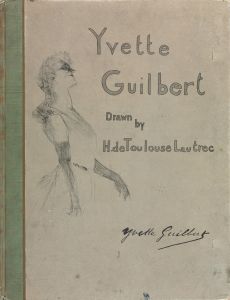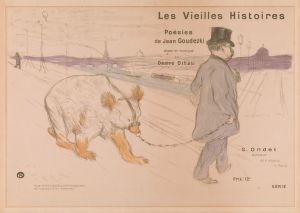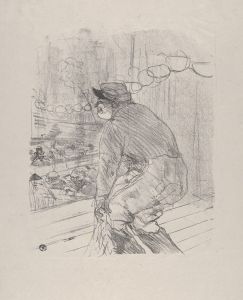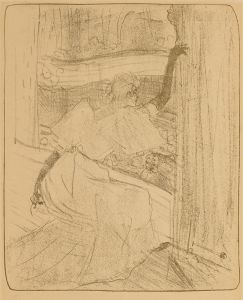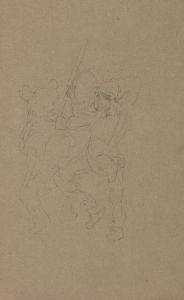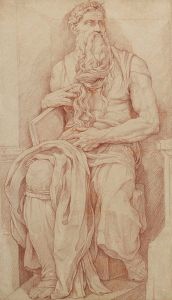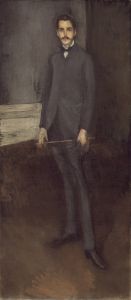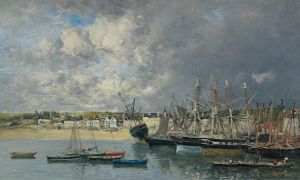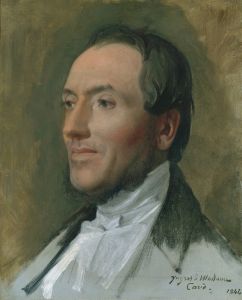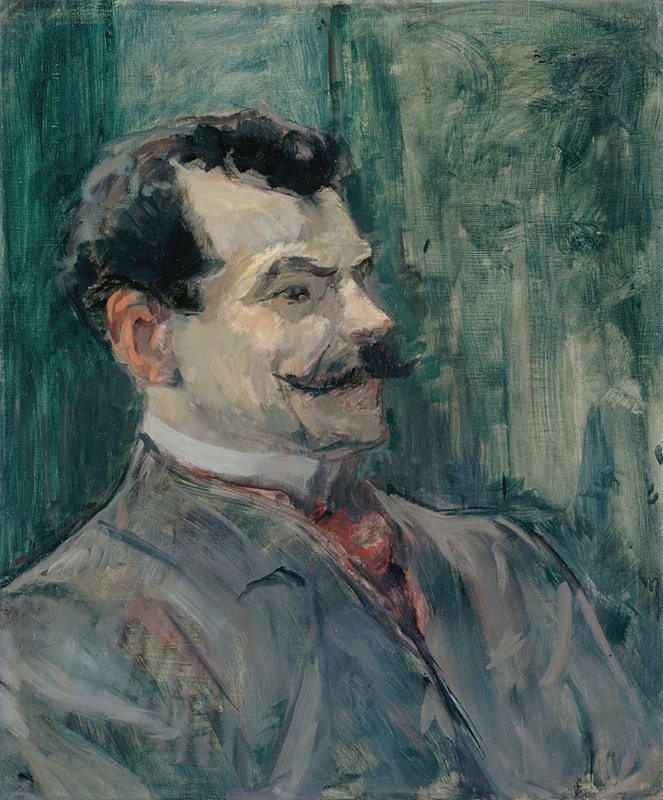
Portrait de André Rivoire
A hand-painted replica of Henri de Toulouse-Lautrec’s masterpiece Portrait de André Rivoire, meticulously crafted by professional artists to capture the true essence of the original. Each piece is created with museum-quality canvas and rare mineral pigments, carefully painted by experienced artists with delicate brushstrokes and rich, layered colors to perfectly recreate the texture of the original artwork. Unlike machine-printed reproductions, this hand-painted version brings the painting to life, infused with the artist’s emotions and skill in every stroke. Whether for personal collection or home decoration, it instantly elevates the artistic atmosphere of any space.
Henri de Toulouse-Lautrec, a prominent French painter, printmaker, and illustrator, is renowned for his depictions of Parisian nightlife in the late 19th century. Among his extensive body of work, the painting "Portrait de André Rivoire" stands out as a significant piece, capturing the essence of his subject with characteristic flair and insight.
André Rivoire was a French poet and playwright, known for his lyrical style and contributions to French literature during the Belle Époque. Toulouse-Lautrec's portrait of Rivoire is a testament to the artist's ability to convey the personality and mood of his subjects through his distinctive style. The painting is executed with the fluid lines and expressive color palette that are hallmarks of Toulouse-Lautrec's work, reflecting both the artist's technical skill and his deep understanding of character.
Toulouse-Lautrec's portraits often went beyond mere physical representation, delving into the psychological and emotional states of his subjects. In "Portrait de André Rivoire," this approach is evident in the way Rivoire is depicted. The artist's use of line and color not only captures Rivoire's likeness but also suggests a sense of his inner life, offering viewers a glimpse into the personality of the poet.
The context in which this portrait was created is also significant. Toulouse-Lautrec was deeply embedded in the cultural milieu of Paris during the late 1800s, a time when the city was a hub of artistic and literary activity. His connections with various figures in the arts allowed him to create intimate and revealing portraits of many notable individuals, including Rivoire. This painting is a reflection of the vibrant cultural exchanges that characterized the period and highlights Toulouse-Lautrec's role as a chronicler of his time.
The technique employed in "Portrait de André Rivoire" is consistent with Toulouse-Lautrec's broader oeuvre. He often used oil paints, lithography, and drawing to achieve his desired effects, and his work is noted for its bold use of color and dynamic compositions. In this portrait, the artist's brushwork and attention to detail bring Rivoire to life, capturing both his physical presence and the subtleties of his expression.
Toulouse-Lautrec's ability to capture the essence of his subjects has made his portraits enduringly popular. His work provides valuable insights into the personalities and social dynamics of his era, and "Portrait de André Rivoire" is no exception. The painting not only serves as a visual record of Rivoire himself but also as a window into the cultural landscape of late 19th-century Paris.
In conclusion, "Portrait de André Rivoire" by Henri de Toulouse-Lautrec is a notable example of the artist's portraiture, characterized by its expressive style and psychological depth. Through this work, Toulouse-Lautrec offers a compelling portrayal of André Rivoire, capturing both the individual and the spirit of the age in which he lived. The painting remains a significant piece within Toulouse-Lautrec's body of work, reflecting his unique artistic vision and his ability to engage with the cultural figures of his time.





